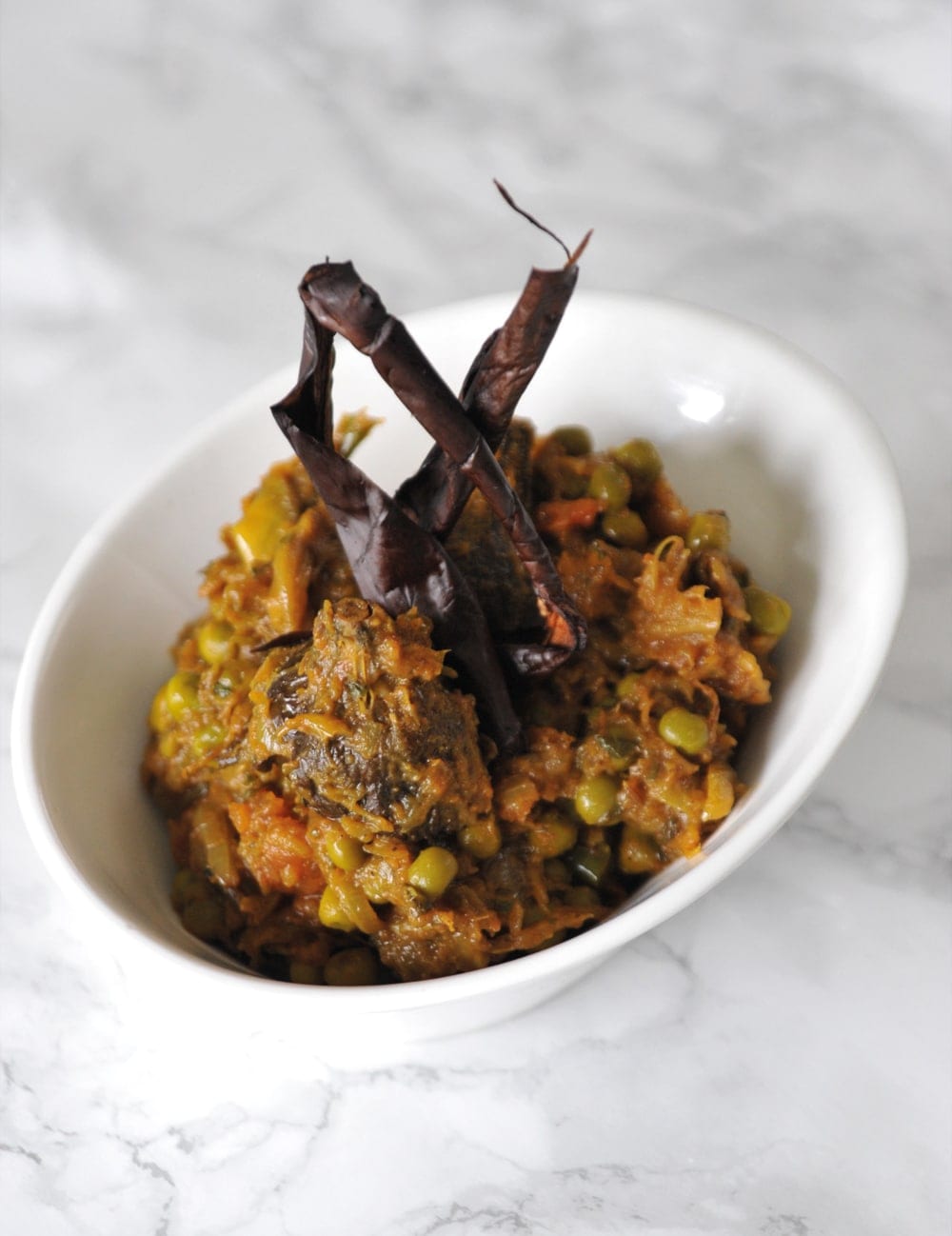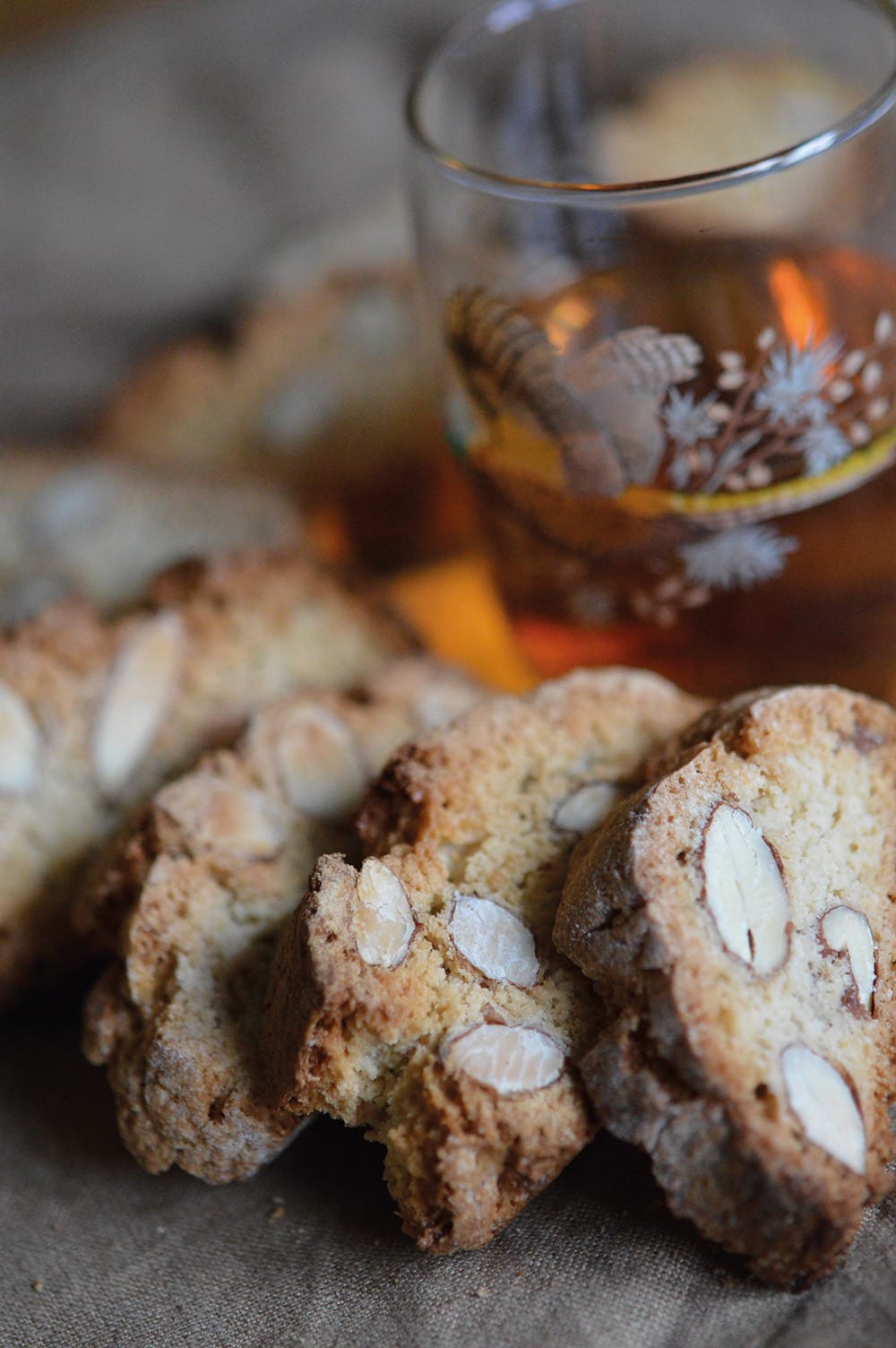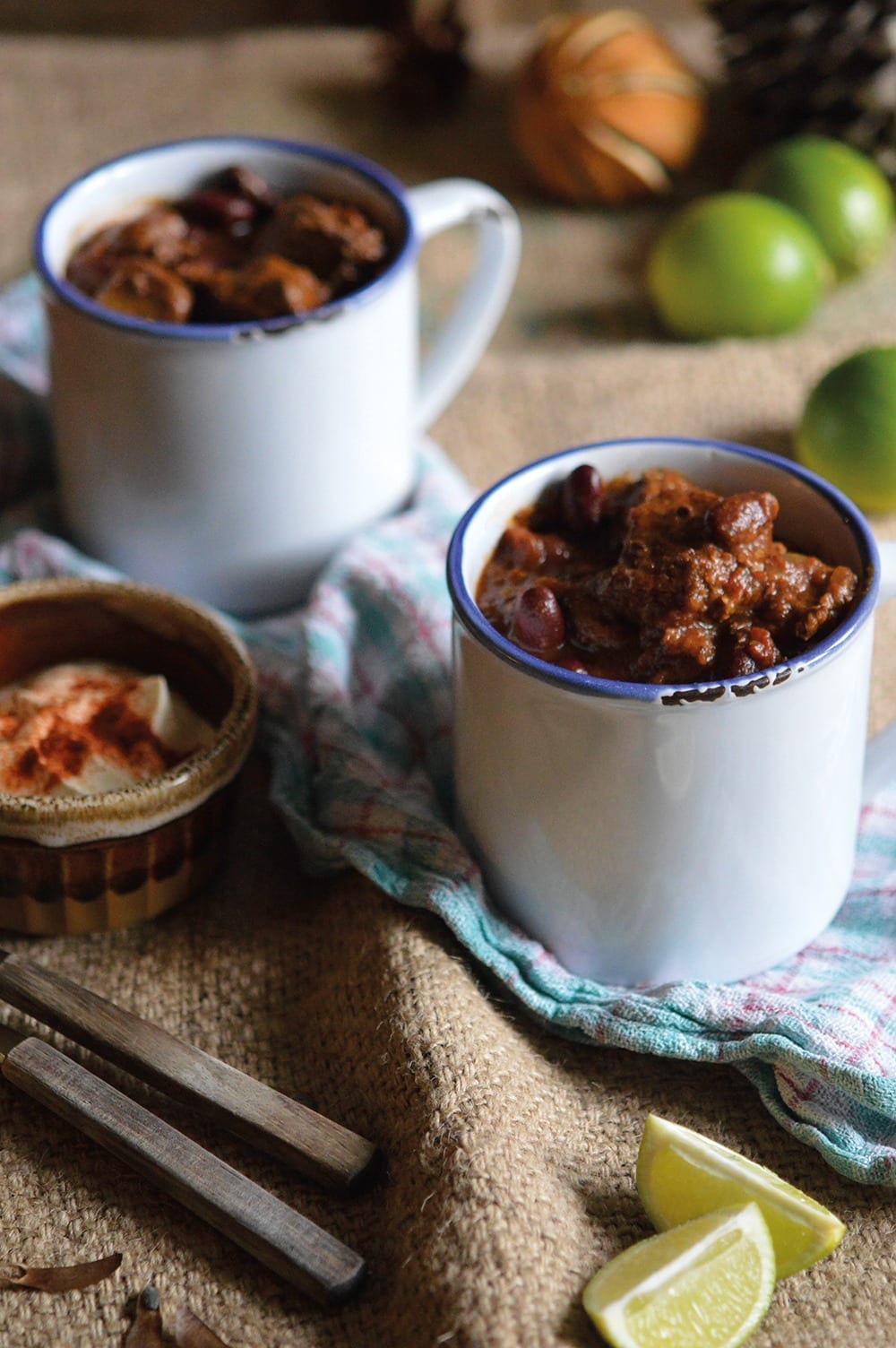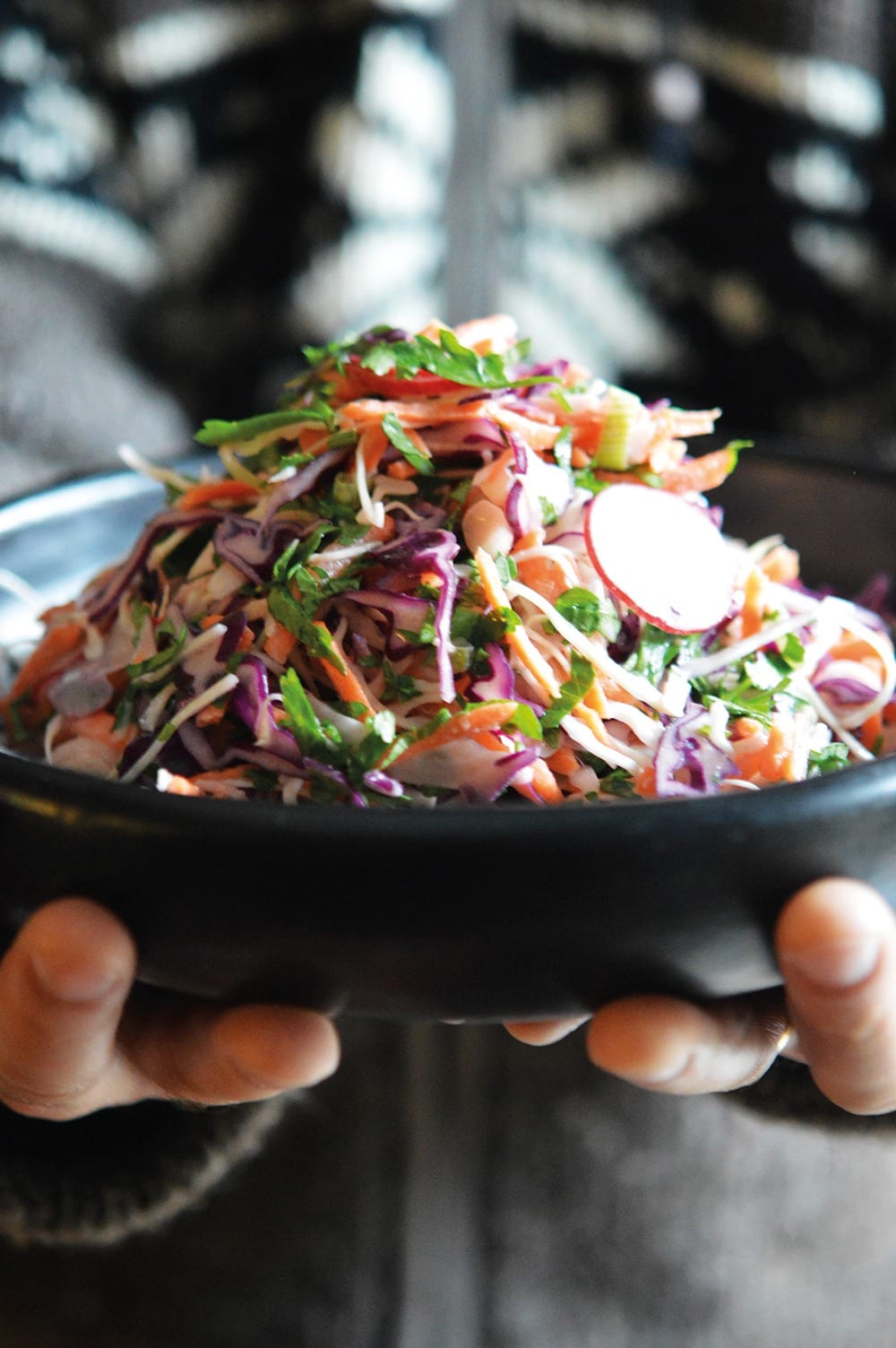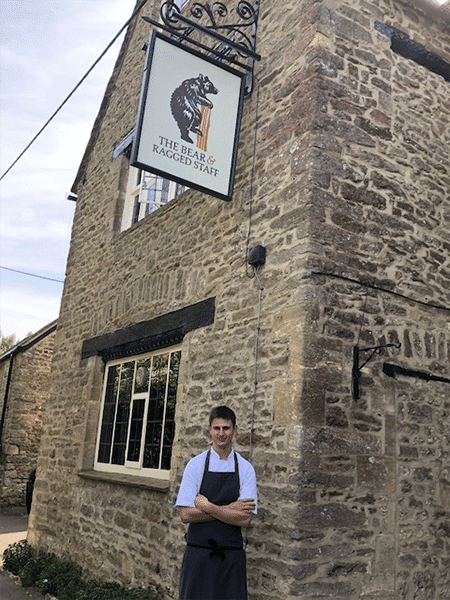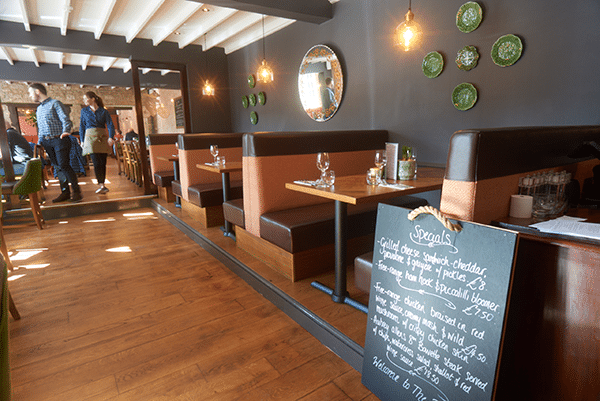Ahead of Chinese New Year on Tuesday, 5th February (the Year of the Pig), local star Ching He Huang shares her wisdom…
Cheat Char Siu Pork with Pak Choy
(Prep: 10mins – Cooking: 20 mins – Serves: 4-5)
I love the flavour of char siu pork but it takes some time to roast and if you want dinner in minutes then this is my cheat char siu pork
stir-fry. Serve with steamed jasmine rice.
Ingredients:
1 tablespoon rapeseed oil, 2 garlic cloves – crushed and finely chopped, Knob of fresh root ginger – peeled and grated, 1 tablespoon Shaohsing rice wine or dry sherry, 200g pak choy leaves – sliced in half on the diagonal
For the pork
250g pork fillet – cut into 5mm slices, 1/2 teaspoon dark soy sauce, 1 teaspoon hoisin, 1 teaspoon runny honey, Pinch of sea salt flakes, Pinch of ground white pepper, 1 tablespoon cornflour
For the sauce
50ml cold water, 1 tablespoon low-sodium light soy sauce, 1 teaspoon hoisin sauce, 1/2 teaspoon yellow bean paste or miso paste
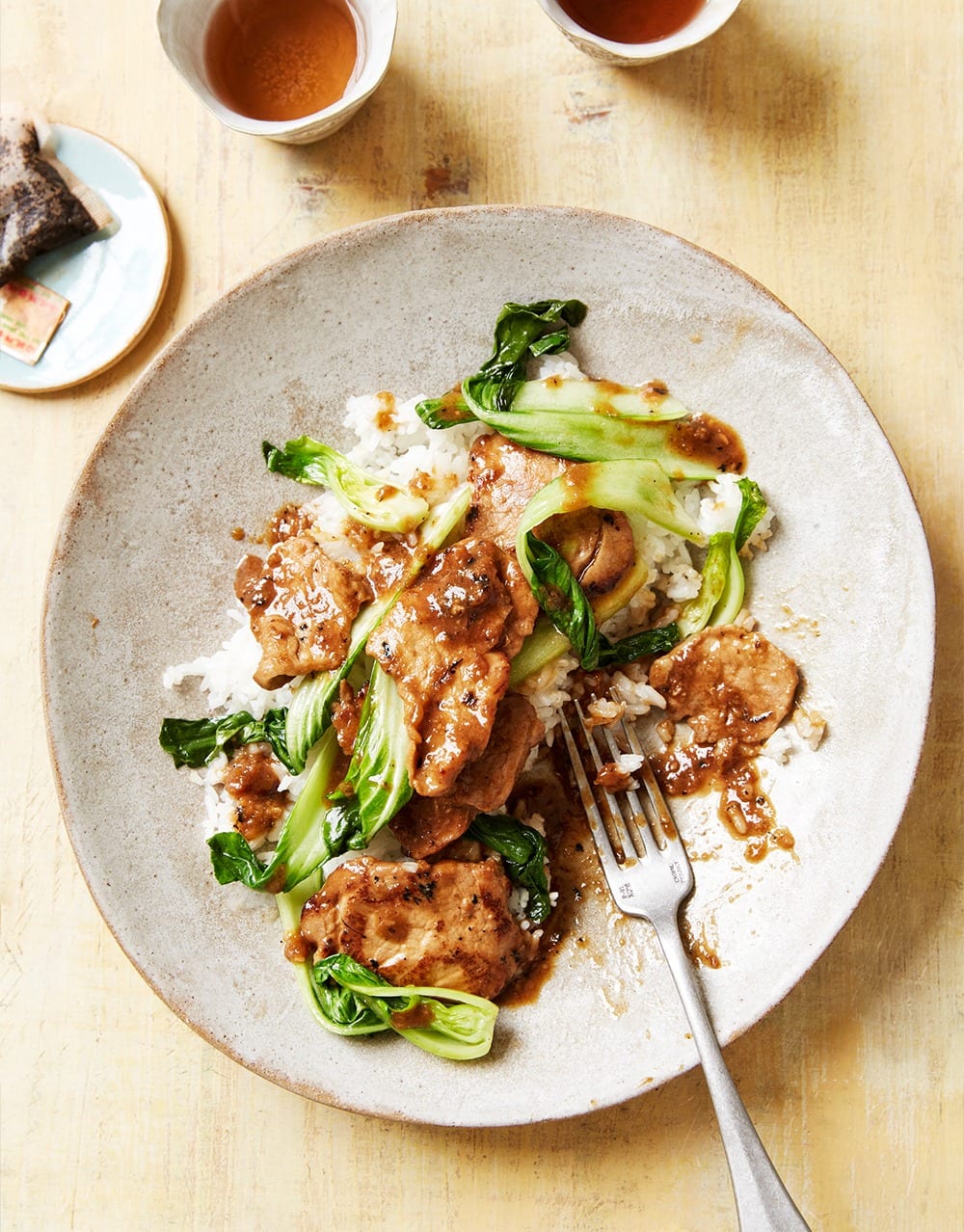
Method:
1. Place all the ingredients for the pork, except the cornflour, in a bowl and turn to coat the meat evenly. Dust with the cornflour and set aside.
2. Whisk together all the ingredients for the sauce in a jug, then set aside.
3. Heat a wok over a high heat until smoking and add the rapeseed oil. Add the garlic and ginger and stir-fry for a few seconds to release their flavours.
4. Add the pork fillet and let it settle for 10 seconds to sear and brown, then flip it over. Add the Shaohsing rice wine or dry sherry and toss for another 5 seconds.
5. Add the pak choy leaves, then drizzle in 1 tablespoon cold water around the edge of the wok to create some steam to help it cook. Toss for 30 seconds to wilt the leaves, then pour in the sauce and toss again.
6. Transfer to a serving plate and serve immediately.
Shiitake, Kimchi and Pineapple Fried Rice
(Prep: 10 mins, Cooking: 20 mins, Serves: 6-8)
A delicious sweet, umami-flavoured fried rice. Perfect for supper, any night of the week.
Ingredients:
1 tablespoon rapeseed oil, Knob of fresh root ginger – peeled and grated, 5 large fresh shiitake mushrooms – rinsed, patted dry and cut into thin slices (stalks optional), 1/2 teaspoon dark soy sauce, 1 tablespoon fermented cucumber kimchi – finely sliced, 300g cooked brown rice (150g uncooked), 2 tablespoons low-sodium light soy sauce, 100g fresh pineapple – finely diced into cubes, 5g spring onion to garnish – sliced on a deep diagonal
Method:
1. Heat a wok over a high heat until smoking and add the rapeseed oil.
2. Add the grated ginger and stir-fry for five seconds, then add the shiitake mushrooms and stir-fry for 30 seconds.
3. Season with the dark soy sauce, then add the sliced cucumber kimchi followed by the cooked rice and toss together for one minute.
4. Season with the light soy sauce, then add the fresh pineapple cubes and toss gently into the rice.
5. Garnish with the spring onions and serve immediately.
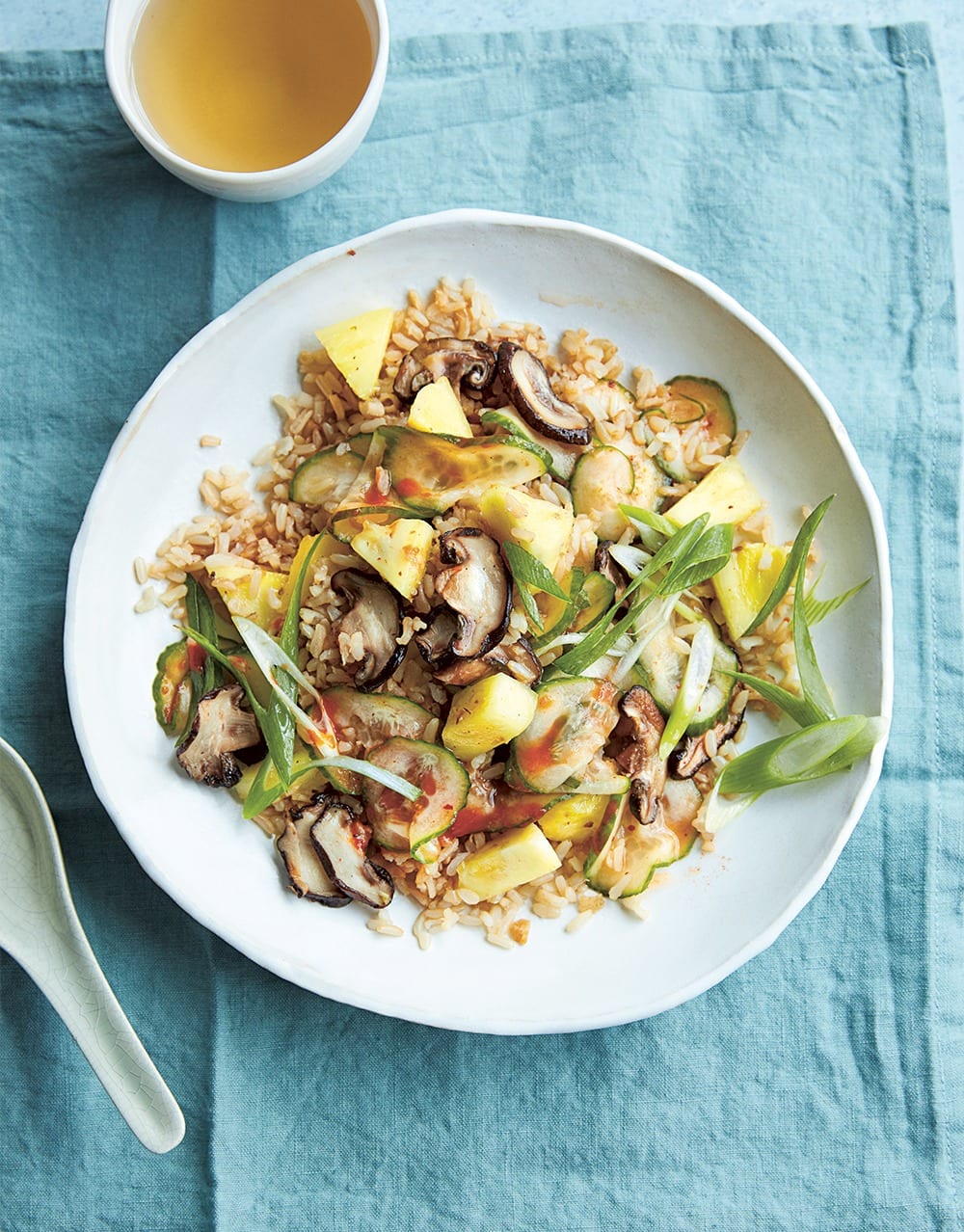
Zhajiang Smokey Bacon Noodles
(Prep: 10mins – Cooking: 20 mins – Serves: 2)
Zhajiang mein means mixed sauce noodles. This classic Beijing dish is made with fresh hand-pulled noodles. There are many varieties and some are saucier than others, the traditional Zhajaing noodle is slightly drier – my personal preference.
Ingredients:
2 tbsp rapeseed oil, tbsp finely chopped garlic, tbsp finely chopped root ginger, 2 tbsp diced baby leeks, teaspoon Sichuan peppercorns, 200g smoked lardons, finely diced, tbsp Shaohsing rice wine or dry sherry, tbsp fragrant oil (see tip), tsp dark soy sauce, 150ml hot chicken or pork stock, tbsp tian mian jiang or hoisin sauce, tbsp yellow bean paste or miso paste
For the noodles:
tbsp sesame oil, tsp dried chilli sauce laced with chilli oil, 200g plain wheat flour or egg noodles, cooked, drained and tossed with 1 tsp toasted sesame oil
For the garnish:
2 small red radishes, sliced into matchsticks, 1/2 cucumber, deseeded and sliced into matchsticks, 1 spring onion, finely chopped
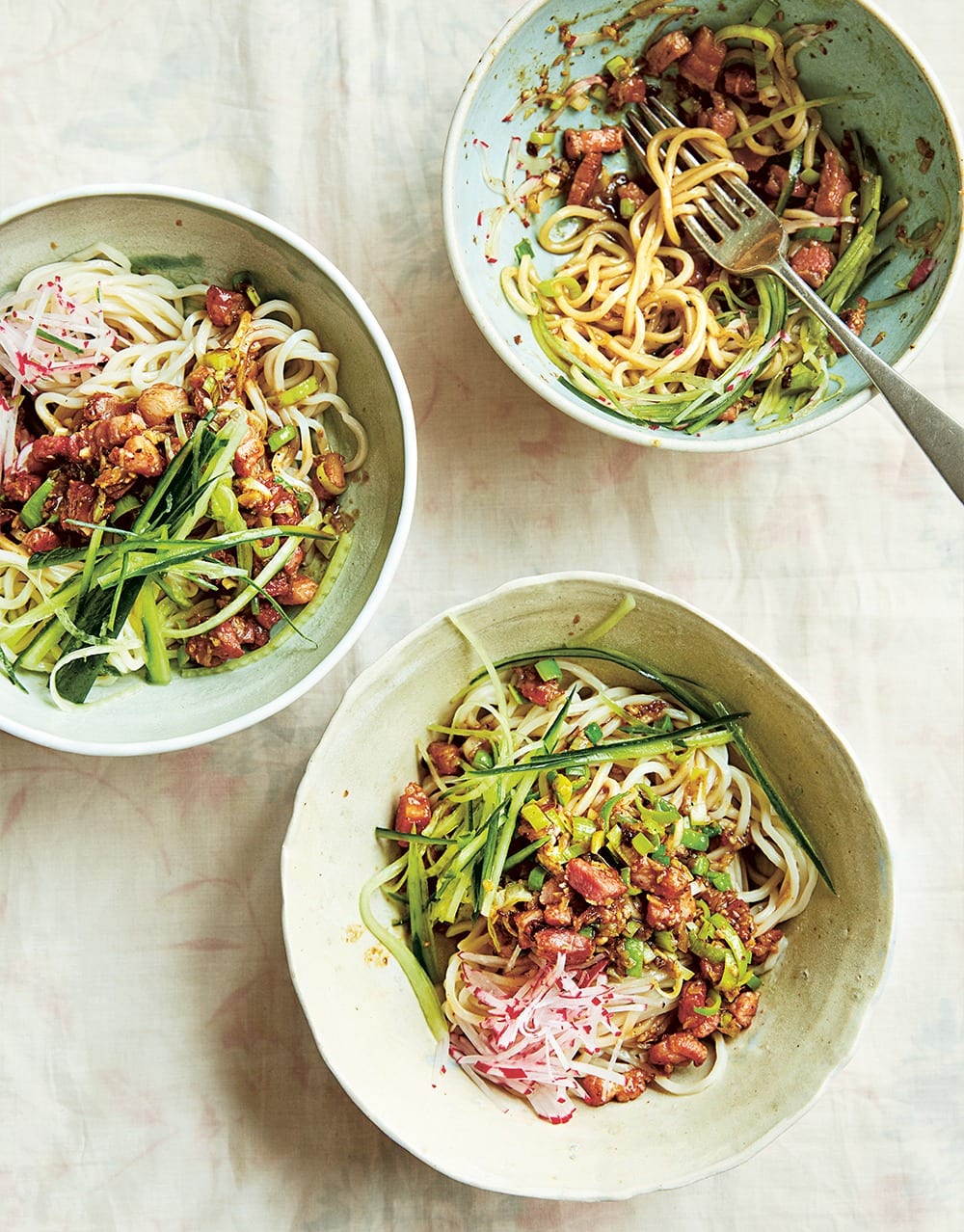
Method:
1. Divide sesame oil and chilli sauce between two serving bowls. Place cooked noodles in the bowl, toss in oil and sauce and set aside.
2. Heat wok over high heat until smoking, add rapeseed oil.
3. Add garlic, leeks and peppercorns and toss , add lardons and stir-fry for a minute.
4. Add rice wine or dry sherry, fragrant oil and dark soy sauce, stir fry for a minute.
5. Add stock, tian mian jiang or hoisin sauce and yellow bean paste or miso and toss well.
6. Cook for 2 minutes, stirring until pork is cooked.
7. Divide the pork mixture between the two bowls of noodles and garnish as above. Sprinkle spring onion and serve.
CHING’S TIP
Heat 5 tablespoons of groundnut oil. Add a pinch of salt, 1 tablespoon grated ginger and 1 tablespoon finely chopped spring onion, cook for 1 minute then strain the oil into a glass jar. Keep for 5 days in a cool place.
• Recipes from Stir Crazy, published by Kyle Books, photography by Tamin Jones. Visit www.chinghehuang.com










